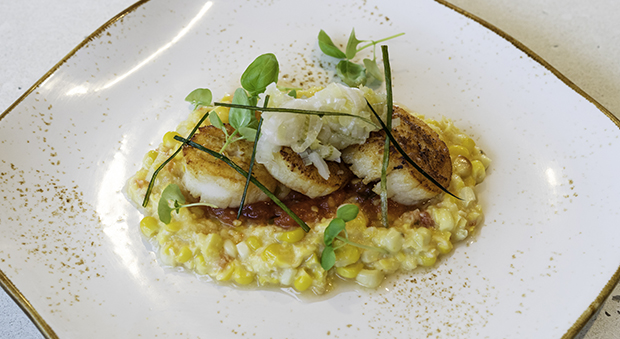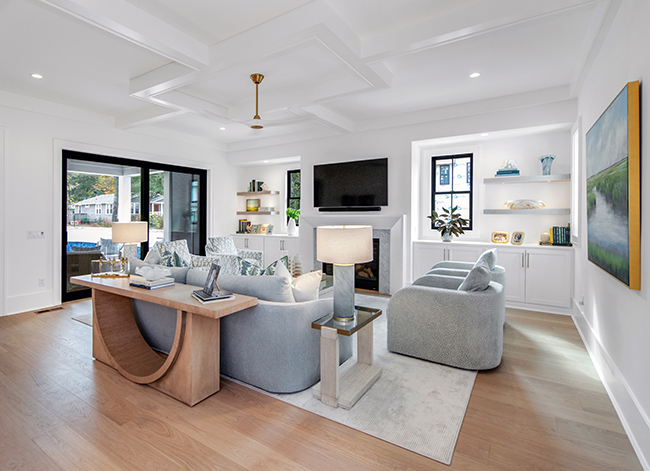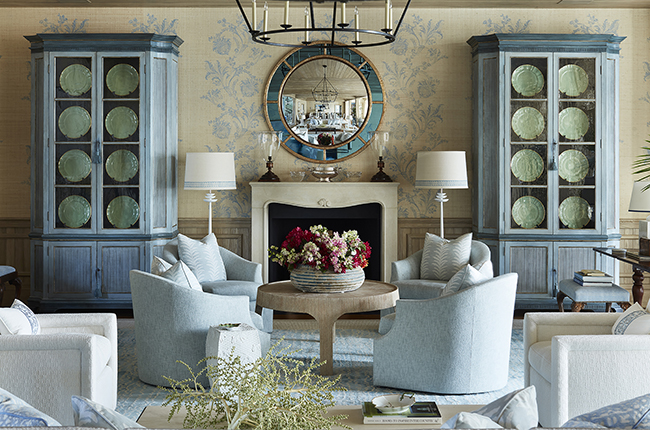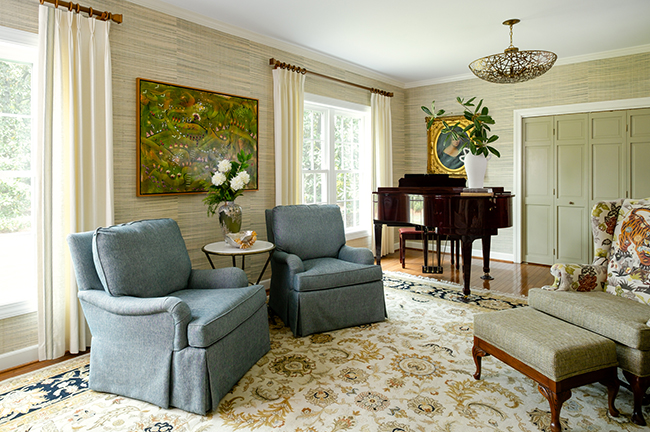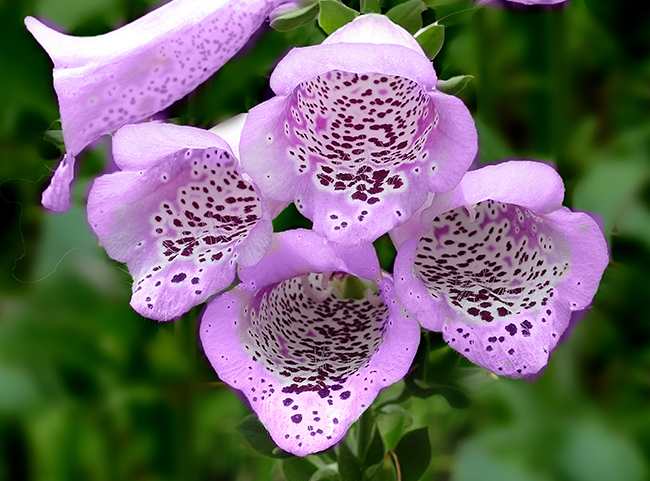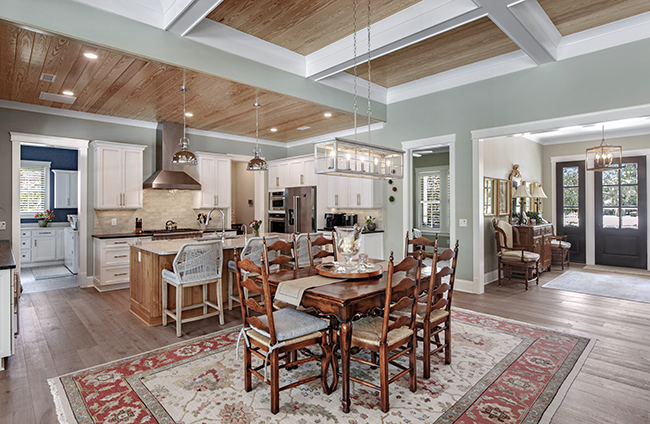Zen Trend: Gardens Under Glass
04 Jan 2022
A modern take on terrariums
Story and Photos by Christine Hall
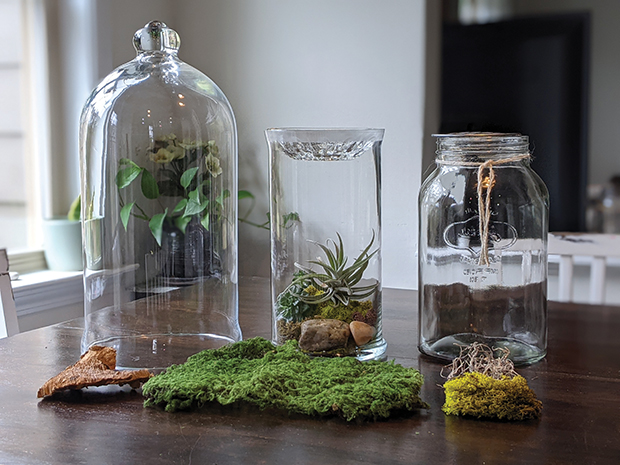
As a hobbyist there is something uniquely captivating about miniatures. My fascination came by way of a childhood adoration of dollhouses, fairy gardens, and villages of gingerbread houses. Miniature worlds seemed to deliver a sense of joy and calm, and interaction with them in many ways is rejuvenating.
And as a gardener, I find it hard to give up my trowel each winter when our home gardens go dormant. So, when my daughter came home one day from school with a mason jar terrarium for her science project, it gave me a creative spark to curate an authentic terrarium of my own – my winter gardening fix!
While terrariums are seeing a trendy resurgence, they are no modern creation. In fact, the very idea of a terrarium was a mistaken invention in the early 1800s by an English Botanist Nathaniel Bagshaw Ward. The discovery came to him in London’s East End amidst a time when smoke and other carcinogens were polluting the air with the introduction of factories during the Industrial Revolution.
In this Victorian Era, Ward was surprised to discover that the sealed glass case displays made to nurture his moth pupae were also encouraging the accompanying plants (in his case moss and ferns) to flourish. Soon after his discovery, many put “Wardian cases” in their windows where they could not only enjoy the protected natural beauty of flora and fauna from indoors, but also screen out views of factories and chimney smoke.
A Modern Take
It was not until the 1970s that terrariums got their name (“terra” for earth and “arium” for air) and had a reprise. Being back on trend today, glass terrariums are widely available in stores, though finding empty ones to fill can prove challenging. Looking to create a low maintenance, no-fuss arrangement, I found a simple tall glass container at a local craft store that was suitable.
Organic Décor
After choosing my vessel, I visited several local nursery greenhouses for properly scaled specimens that would not outgrow the container. Wanting the terrarium to evoke woodland peace and tranquility, I selected an air fern, a few succulents, and several mosses to match the intended aesthetic. The final step was choosing a ground medium. I selected a combination of pebbles, sphagnum moss, and a few acorns to finish the look.
Capturing Curiosity
Miniature gardens can offer new landscapes to explore that may not be realistic on a larger scale, or stunning vessels that are as functional as they are fabulous. Whether it is a gilded geometric terrarium that offers a sleek look with modern lines or a teardrop-shaped terrarium that imparts a more organic feel, your own terrarium creation awaits. Maybe you, too, have an untapped world of miniature gardens to explore.
Getting Started:
Choose a theme that sparks your imagination. Ideas span from woodland to desert to marine to inspire your ideal world. Adding rocks, a bird’s nest, driftwood, or shells can add to the visual experience for a one-of-a-kind creation. Don’t be afraid to use existing fairy garden décor, small animal figurines, or furniture elements as a finishing detail.
Select plants that will not overgrow the container, such as dwarf palm, succulents, boxwood, or spikemoss for sun-loving plants, and maidenhair or button ferns, club moss, or peperomia for lower-light requirements.
Basic tools you will need include a spoon for placing soil in the container, long tweezers for positioning items, scissors for trimming greenery, and paper towels or a cloth for cleaning the glass.
Because glass containers can magnify the sun’s rays, place the terrarium in a spot that receives indirect sunlight.
A light misting of water every two to three weeks for most terrariums is sufficient. If you are unsure, reference (and save) the plant nursery tags for its needed sun, shade, and soil conditions.


